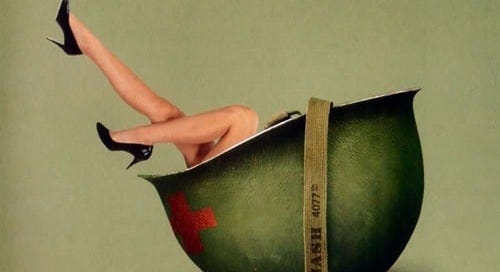Becoming Berkshire: The Crash of 1970
Issue 16 | 1970 Part 1 - Dow Jones; The Commerical Paper Crisis, Hayden, Stone & Co, Buffett Partnership
On December 26th, 1969, Buffett wrote to his partners, outlining the liquidation process and providing closing comments.
At the close of the decade, the partnership owned the following:
“Berkshire Hathaway, which he said was worth about $45 per share. About $16 was tied up in textiles, a business that he said was not satisfactory and had an even smaller c…
Keep reading with a 7-day free trial
Subscribe to Becoming Berkshire to keep reading this post and get 7 days of free access to the full post archives.




